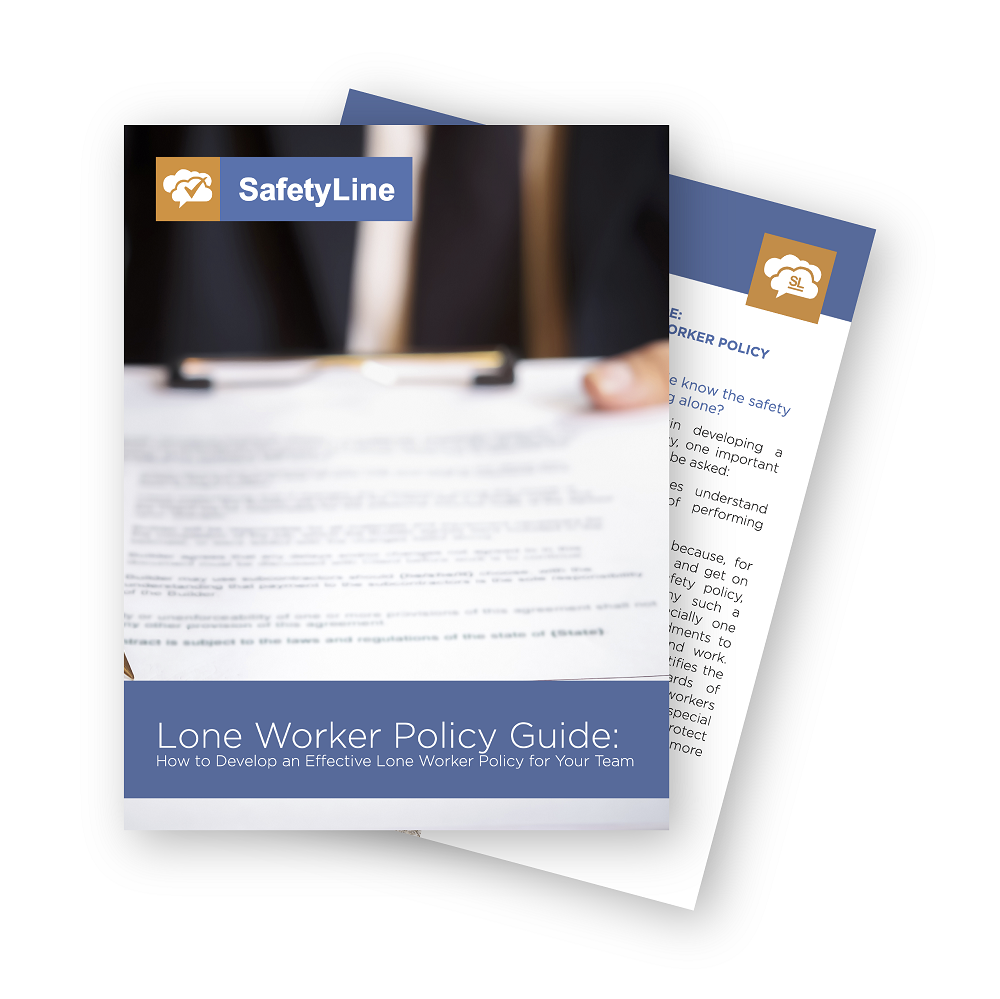Featured Resources
Lone Worker Policy Guide and Template
A lone worker policy is an effective way to ensure that your lone workers are well-educated on your company’s work-alone rules and have extensive knowledge of all workplace hazards that could be encountered on the job.
Hazard Assessment Guide
In the process of doing a hazard assessment for your workplace, it is almost a certainty you’ll learn information about the operational aspects of your organization you were unaware of before the assessment.
View eBook
Develop a Free Lone Worker Program for Small Teams
Developing a free lone worker check-in system is a simple process for small teams that any organization can implement.
View eBook
SafetyLine Blog Categories
General Safety | Lone Worker Safety | SafetyLine News and Updates | SafetyLine Product Updates | Compliance, Policy, and Regulations | Downloadable Resources |
What do Your Remote and Lone Workers Want - When They Return to Work in 2021
The safety needs of your team can be complicated and sometimes costly. But as the employer, it is your responsibility to provide everything possible to protect your staff who, in some cases, may be putting their safety at risk to do their job. Include the added layer of COVID-19 protection and the requirements of your workers become significantly more challenging and complex as you are now looking at not only safety and mental health needs, but what is essential to increased remote work and considerations around new social distancing guidelines.
What SafetyLine Users Are Saying: Lone Workers in Healthcare and Government
The types of organizations and industries that use SafetyLine to protect their remote workers range from healthcare and legal services to agriculture and government at all levels - and yes, those working at home can be considered lone workers. In the first of a three-part series, here are what our grateful SafetyLine users are saying about the service as well as how it has improved the safety and wellness of their remote teams, helping protect their most valuable resource – their people.





